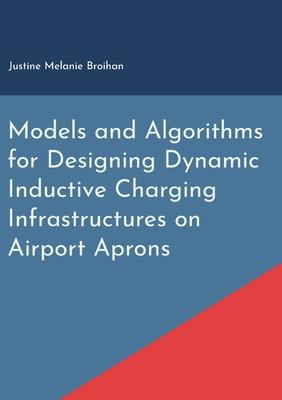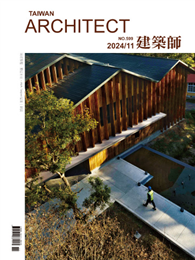As global CO2 emissions continue to rise, the need to limit global warming has become an increasingly critical scientific and political challenge. The conversion of airport apron vehicles from combustion engines to electric drives is a promising technology in the aviation sector to reduce emissions. However, electric vehicles require longer recharge times, which can be overcome by implementing Dynamic Inductive Charging (DIC) technology. DIC enables charging while driving and provides vehicles with almost unlimited driving range. This book explores different approaches to optimizing the allocation of the required DIC infrastructure components by developing mathematical optimization models and algorithms.
| FindBook |
有 1 項符合
Models and Algorithms for Designing Dynamic Inductive Charging Infrastructures on Airport Aprons的圖書 |
 |
Models and Algorithms for Designing Dynamic Inductive Charging Infrastructures on Airport Aprons 作者:Broihan 出版社:Books on Demand 出版日期:2023-05-08 語言:英文 規格:平裝 / 218頁 / 21.01 x 14.81 x 1.17 cm / 普通級/ 初版 |
| 圖書館借閱 |
| 國家圖書館 | 全國圖書書目資訊網 | 國立公共資訊圖書館 | 電子書服務平台 | MetaCat 跨館整合查詢 |
| 臺北市立圖書館 | 新北市立圖書館 | 基隆市公共圖書館 | 桃園市立圖書館 | 新竹縣公共圖書館 |
| 苗栗縣立圖書館 | 臺中市立圖書館 | 彰化縣公共圖書館 | 南投縣文化局 | 雲林縣公共圖書館 |
| 嘉義縣圖書館 | 臺南市立圖書館 | 高雄市立圖書館 | 屏東縣公共圖書館 | 宜蘭縣公共圖書館 |
| 花蓮縣文化局 | 臺東縣文化處 |
|
|
圖書介紹 - 資料來源:博客來 評分:
圖書名稱:Models and Algorithms for Designing Dynamic Inductive Charging Infrastructures on Airport Aprons
Models and Algorithms for Designing Dynamic Inductive Charging Infrastructures on Airport Aprons 相關搜尋
Emerging Horizons: Business and Society in the Post-Pandemic Era: Proceedings of 13th Annual Research Conference on ’Pandemic to Endemic: PropositionsA Business History of Soy: Japan’s Modernization and the Rise of Soy as a Global Commodity
Volunteer Management: A Strategic Approach
Volunteer Management: A Strategic Approach
The Club
The Club
Competency Mapping and Assessment: A Practitioner Handbook
Competency Mapping and Assessment: A Practitioner Handbook
Minds Unveiled: Exploring the Effects of Generative AI on Business Behavior
The Quality Brew: Productivity and Marketing of Coffee in India
|






![塔木德:猶太人的致富聖經[修訂版]:1000多年來帶領猶太人快速累積財富的神祕經典 塔木德:猶太人的致富聖經[修訂版]:1000多年來帶領猶太人快速累積財富的神祕經典](https://media.taaze.tw/showLargeImage.html?sc=11100697818)




